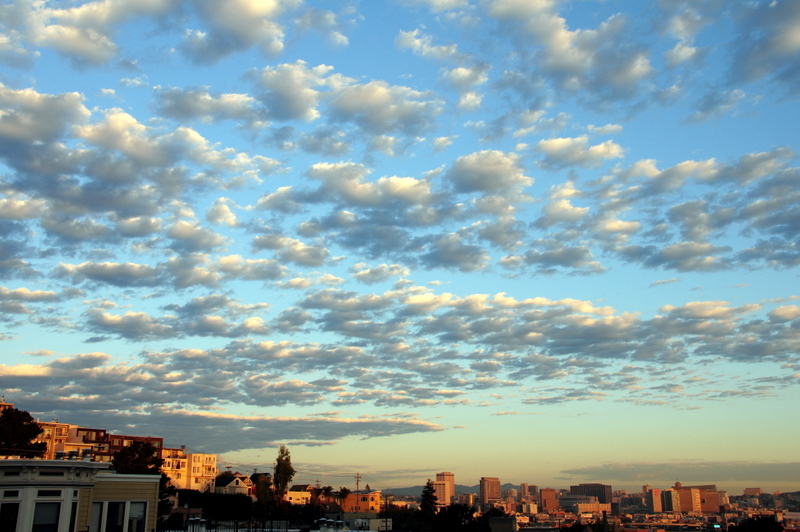Aaah, Bordeaux! I am enchanted with the idea of you.
Bordeaux Châteaux is a marvelous book: full of the romance of that greatest of French wine regions. Published to commemorate the 150th anniversary of the world-renowned Grands Crus Classés in 1855, the book overflows with poetic and loving descriptions of the various châteaux that form that classification, interspersed among rich and startling photographs that make this book the perfect coffee-table accent for your favorite Bordeaux admirer. I love it.
The purple prose might be too much for some. Here’s an example from the chapter on the fairly obscure, to this American reader, Fourth Growth, La Tour Carnet:
Let places speak for themselves. Observe them objectively and try to understand how they work. Learn about their history, seeking keys to the present in the traces that survive from the past. Lastly, abandon oneself completely to their pervading spirit, let oneself be lulled and even entranced by it. It is true, of course, that this method is easier to follow in a place that is lovely, impressive, expressive. La Tour Carnet is all this and more. The overall appearance of the place is literally too wonderful for words.
I, too, am almost speechless.
I’d originally gotten the book after reading and writing about the 2009 Bordeaux frenzy. People really are wild about this place and its wine. After the drink, the mansions have to be the most celebrated thing about this superlatively lauded region. Why not do some “sight-seeing” from home, as I slowly pay off my massive wine-futures-laden credit card?
I was immediately drawn to Bordeaux Châteaux, not because of the writing, but, rather, due to the stunning photographs. Each property from the 1855 classification has its own chapter, organized, of course, by growth (though don’t look for pretentious Léoville-Las-Cases here). The text briefly summarizes the history of each place, makes some (generally very positive) comments about the state of the wine and the property, and, occasionally, some remarks regarding touring said facility.
Though it is true that the book mentions that various properties have been in decline, most of these, miraculously, are recovering, re-born, or undergoing much needed investment to return to their historical grandeur. This is not an “objective” analysis, despite protestations to the contrary. It’s all about Team Bordeaux. But that’s fine. You can seek criticism elsewhere, if you must. Turn these pages for the beauty and luxurious splendor that name evokes.
Not to completely minimize the writing. The book is informative. For example, I was fascinated to learn that the only “tower” currently on the property at Latour is a dovecote. And who would have imagined the difficulties encountered by Emmanuel Cruse in renovating Château d’Issan, a property of such historic significance that the buildings themselves cannot be changed in any way. How then does one move large modern equipment into spaces designed hundreds of years ago through doorways built for horse-drawn carts? Apparently, it’s challenging.
The chinoiserie design of the château at Cos D’Estournel made me think of some marvelous over-the-top vineyards in our very own Napa and Sonoma Counties. How nice to realize that, in fact, we’re following French oeonology footsteps in property design as well as in vineyard and wine production techniques. Perhaps with all of the money being invested in Bordeaux in the last few decades, sometimes with American capital, the French may even be following us? They’ve Euro-Disney already.
In a way, that concept both inspires and depresses me. The book depicts a vinous fairy-tale that’s quite compelling. I’d truly enjoy an extended visit along the “Route du Vin.” But would it, in fact, be much different from California? Moreover, it is hard to look at the grand décor of Lafite-Rothschild or Château Margaux without thinking, “costume,” just like here. Everything seems so sales-pitchy somehow. That is sad.
I’ve the sense that the writers are aware of the problem. Frequently, they refer to a château’s wine making philosophy in the context of balancing the “traditions” of the past all the while looking toward the future. Sure, it’s business, but it’s also something so much more.
As a promotional tool, Bordeaux Châteaux delivers. You’ll want to drink the wine and visit the area, both of them, very often. That’s alright, isn’t it? I think so.
Bordeaux Châteaux: A History of the Grands Crus Classes since 1855
Preface by Hugh Johnson
Texts by Jean-Paul Kauffmann, Dewey Markham, Cornelis Van Leeuwen and Franck Ferrand
Photography by Christian Sarramon
Published by Flammarion
